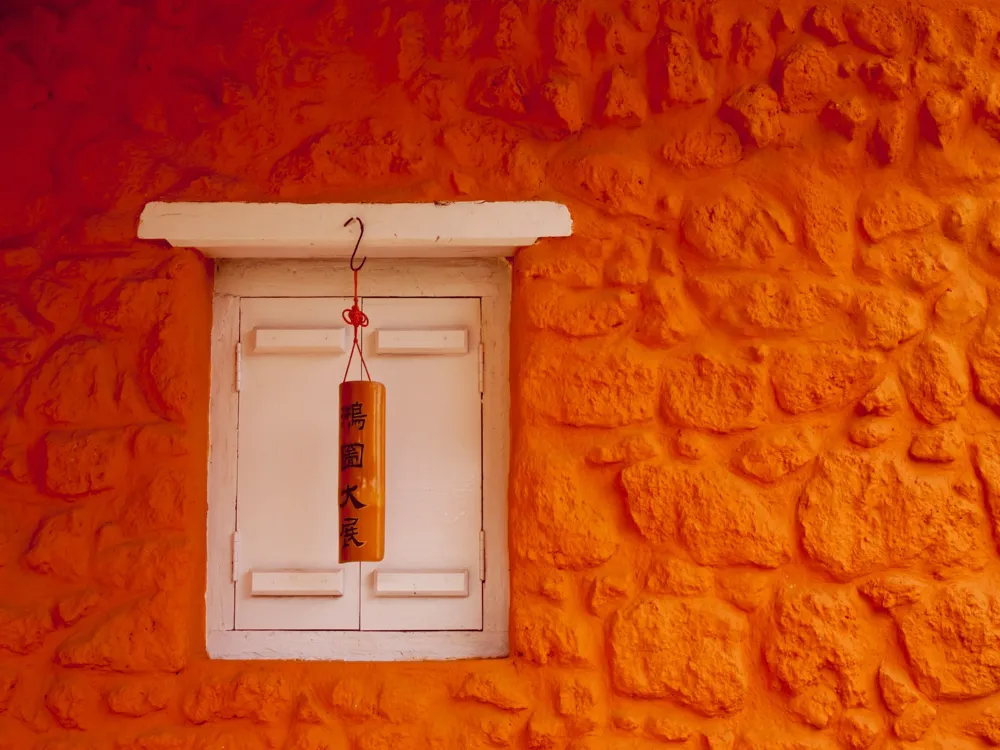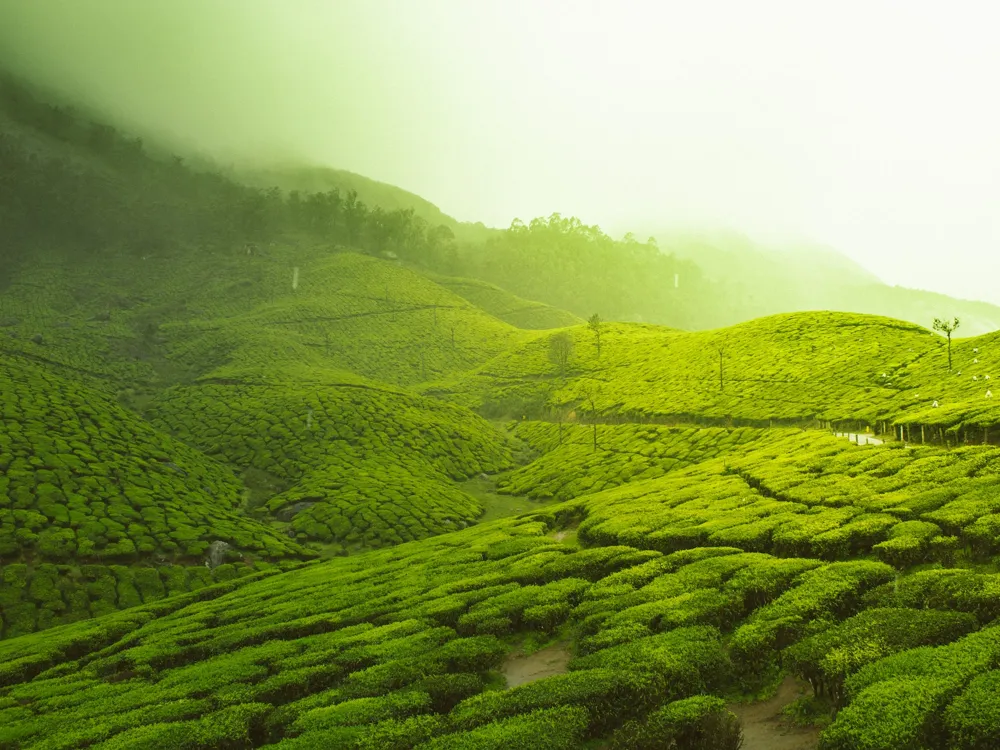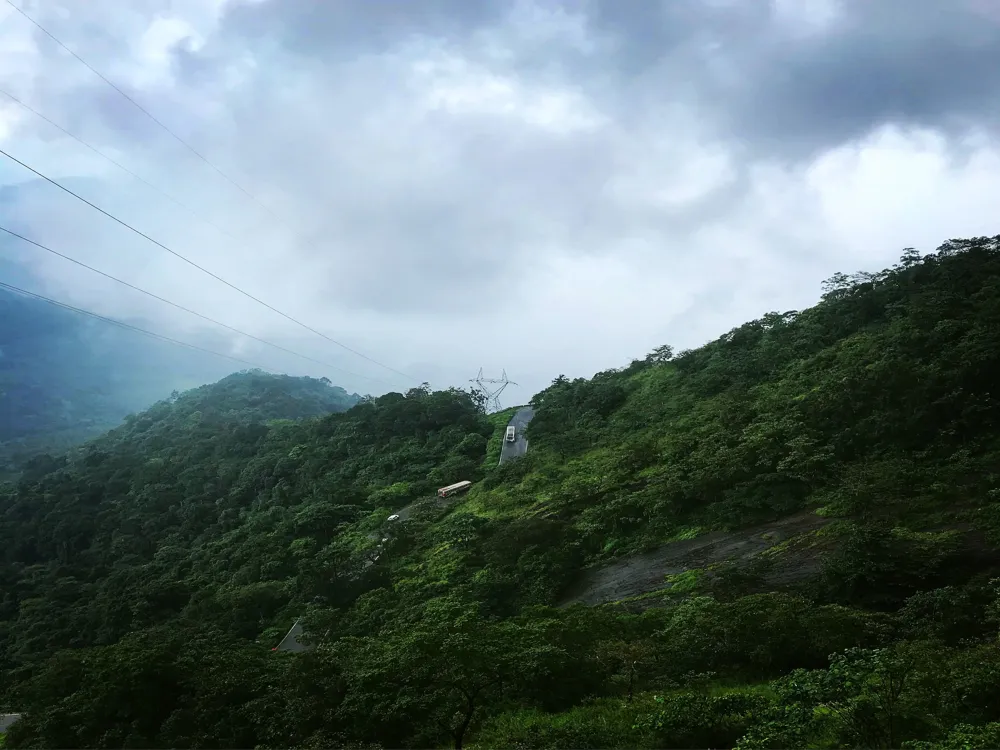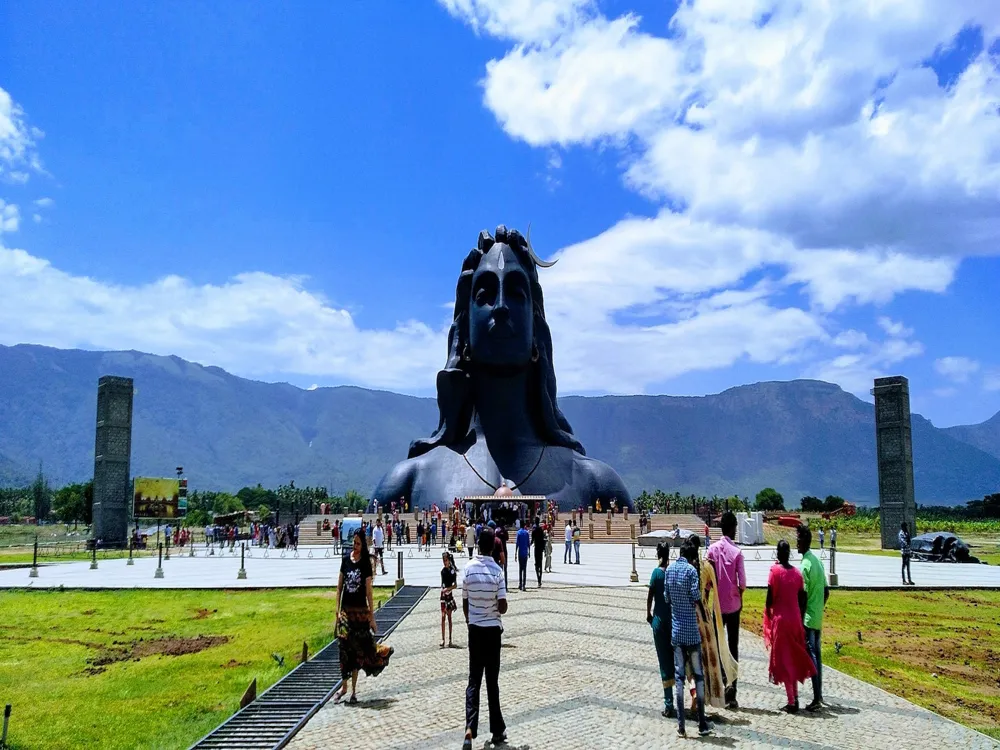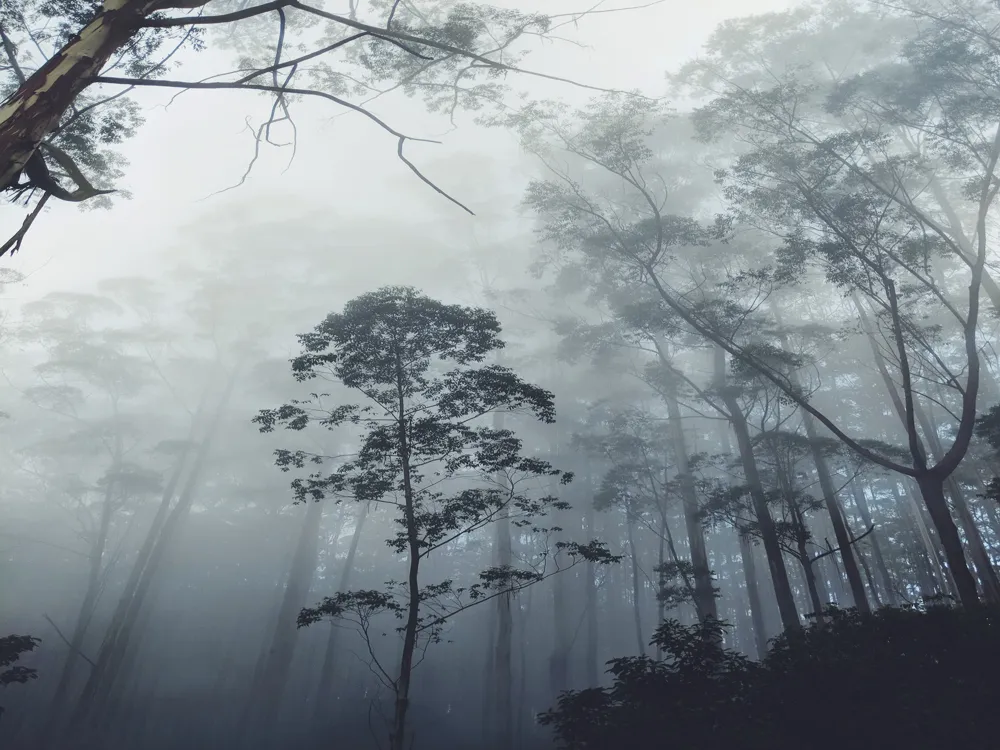Longwood Shola, nestled in the serene hills of Kotagiri, Tamil Nadu, is a pristine shola forest that stands as a testament to the rich biodiversity and natural beauty of the Nilgiris. This ecological haven is spread over a substantial area, offering a tranquil retreat for nature lovers and environmentalists. As one of the last remaining shola forests in the region, Longwood Shola is a crucial ecological and hydrological asset, playing a pivotal role in maintaining the local climate and water resources. The term 'Shola' is derived from the Tamil language, referring to the tropical montane forests found in the valleys amid the rolling grasslands of the Nilgiri Hills. These forests are characterized by dense, evergreen trees and a rich variety of flora and fauna. Longwood Shola is home to a diverse array of wildlife, including several endangered species. The forest serves as a vital habitat for animals like barking deer, Indian gaur, leopards, and a plethora of bird species, including the Nilgiri Flycatcher and the Laughing Thrush. Besides its ecological significance, Longwood Shola holds great historical and cultural importance. The indigenous tribes, particularly the Todas and the Badagas, have deep spiritual connections with the forest. They consider it a sacred site and have been its guardians for centuries, contributing to its conservation and sustainable management. The forest is not only a source of livelihood for these communities but also an integral part of their cultural and spiritual identity. From an ecological perspective, Longwood Shola plays a critical role in maintaining the regional climate. The dense foliage and rich biodiversity contribute to the regulation of the microclimate, influencing rainfall patterns and water conservation. The forest acts as a natural reservoir, with its unique vegetation and soil composition aiding in water percolation and storage, thus recharging the local aquifers. This hydrological significance cannot be overstated, especially in a region where water resources are scarce. The natural beauty of Longwood Shola is unparalleled. The forest is adorned with a mesmerizing canopy of trees, some of which are ancient, towering species endemic to the Western Ghats. The undergrowth is a lush carpet of ferns, orchids, and a variety of medicinal plants, making it a botanist's paradise. The melody of chirping birds, the rustling leaves, and the gentle streams create a symphony that is both calming and invigorating. For those seeking solace from the hustle and bustle of city life, Longwood Shola offers a peaceful and rejuvenating experience amidst its untouched natural splendor. Accessibility to Longwood Shola is relatively easy, making it an ideal destination for day trips and short hikes. The forest is well-connected by road, and several guided tours are available, offering an insightful journey through this ecological wonder. The best time to visit is between October and March, when the weather is pleasant, and the forest is teeming with life. The architecture of Longwood Shola is not man-made but is a spectacular display of nature's craftsmanship. The forest's structure is a complex, multi-layered canopy composed of various species of trees, shrubs, and ground flora. This intricate arrangement creates a unique ecological niche that supports a diverse range of life forms. The uppermost layer of the forest canopy is dominated by tall, evergreen trees such as the Nilgiri Maple, Rhododendron, and various species of magnolias and eucalyptus. These trees, some reaching heights of over 30 meters, form a protective umbrella over the rest of the forest. This layer plays a crucial role in capturing moisture from the mist and clouds typical of the Nilgiri Hills, aiding in the sustenance of the entire ecosystem. Beneath the towering canopy lies the mid-layer, consisting of smaller trees and large shrubs. This layer includes species like the Indian Bay Leaf, Shrub Mahogany, and various types of berry-bearing plants. The mid-layer is particularly important for the forest's bird population, providing both shelter and food sources. The presence of fruit-bearing trees attracts a wide variety of birds, making Longwood Shola a birdwatcher's paradise. The forest floor is a dense layer of ferns, orchids, and other ground cover plants. This layer is crucial for soil conservation and water retention. The thick undergrowth prevents soil erosion, especially during the monsoon season, and helps maintain the forest's hydrological balance. The floor is also home to a plethora of insects, small mammals, and reptiles, forming the base of the forest's food chain. Longwood Shola's architecture is not static but dynamic, evolving with the seasons. The forest undergoes a remarkable transformation during the monsoon, with new life sprouting at every corner. The dry season brings its own beauty, with the shedding of leaves and the emergence of new growth. This ever-changing landscape is not only a visual spectacle but also a vital process that maintains the ecological balance of the forest. In summary, the architecture of Longwood Shola is a testament to nature's ingenuity. Its multi-layered canopy, diverse flora, and intricate ecological interactions make it a natural marvel. This unique structure not only supports a wide range of wildlife but also plays a vital role in environmental conservation, making it a significant ecological treasure in the Nilgiris. Before heading to Longwood Shola, it's important to plan your visit. Check the weather forecast and avoid monsoon season, as the trails can be slippery. Wear comfortable hiking shoes and carry water, snacks, and a first-aid kit. It's advisable to visit during the daytime and to return before dusk, as the forest paths are not lit. Opting for a guided tour can enhance your experience. Local guides are knowledgeable about the forest's flora and fauna and can lead you to the best spots while ensuring your safety. They can also share insights about the forest's history and its significance to the local communities. Longwood Shola is a delicate ecosystem. Visitors are urged to respect the environment by not littering, staying on marked trails, and not disturbing wildlife. It's crucial to leave the forest as you found it, to preserve its natural beauty for future visitors. For photography and birdwatching enthusiasts, Longwood Shola offers a plethora of opportunities. Carry a good camera and binoculars. However, be mindful of not causing any disturbance to the wildlife, especially the birds. Be respectful of local customs and traditions. The indigenous communities hold Longwood Shola in high regard. It's important to show respect and adhere to any guidelines or requests made by local inhabitants or forest officials. Longwood Shola is accessible by road from Kotagiri, which is well-connected by bus and taxi services from major nearby cities like Coimbatore and Ooty. The nearest airport is Coimbatore International Airport, approximately 70 kilometers away. From the airport, one can hire a taxi or take a bus to Kotagiri. Once in Kotagiri, local transport can be used to reach Longwood Shola. The forest is just a short drive from the town center, making it a convenient destination for travelers. Read More:Overview of Longwood Shola, Kotagiri, Tamil Nadu
Architecture of Longwood Shola
Tips When Visiting Longwood Shola
Planning Your Visit
Guided Tours
Respect the Environment
Photography and Bird Watching
Local Customs and Traditions
How to Reach Longwood Shola
Longwood Shola
Kotagiri
Tamil Nadu
NaN onwards
View kotagiri Packages
Kotagiri Travel Packages
View All Packages For Kotagiri
Top Hotel Collections for Kotagiri

Private Pool

Luxury Hotels

5-Star Hotels

Pet Friendly
Top Hotels Near Kotagiri
Other Top Ranking Places In Kotagiri
View All Places To Visit In kotagiri
View kotagiri Packages
Kotagiri Travel Packages
View All Packages For Kotagiri
Top Hotel Collections for Kotagiri

Private Pool

Luxury Hotels

5-Star Hotels

Pet Friendly











